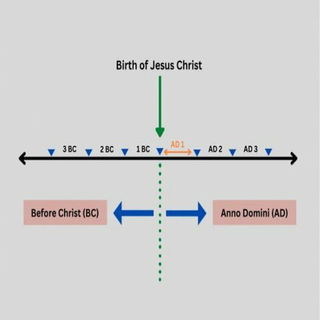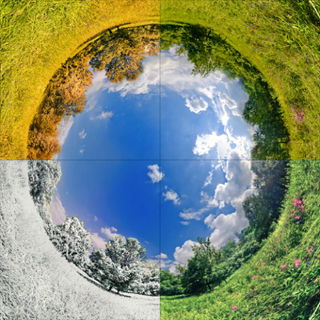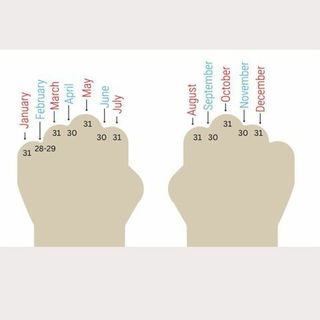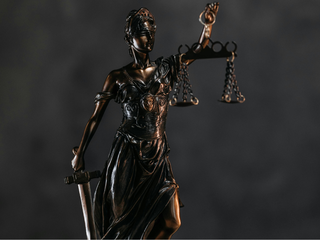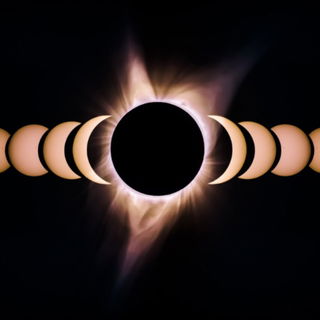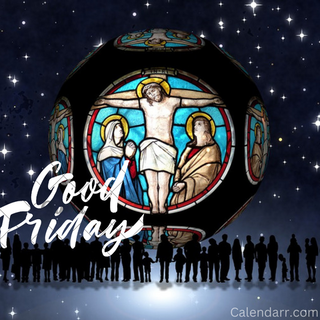There are four primary Moon phases:
- New Moon,
- First Quarter,
- Full Moon,
- and Last Quarter ,
and four intermediate Moon Phases:
- Waxing Crescent,
- Waxing Gibbous,
- Waning Gibbous, and
- Waning Crescent.
A lunar cycle is 29.5 days long. Throughout this cycle, different parts of the moon are illuminated by the Sun.
The amount of that light reflected on the Moon we can see from Earth is what determines the Moon's Phases.
The difference between the primary and intermediate phases is that a primary Moon phase always occurs at a specific moment, determined by where the Moon is situated in its orbit.
Also, depending on where you are on Earth, you may or may not be able to see it. Intermediate phases do not happen at a specific moment but last around 7.4 days.
Because a Moon cycle lasts for 29.5 days, throughout the year we can observe 1 2 Lunar Cycles .
The Moon Phases Explained
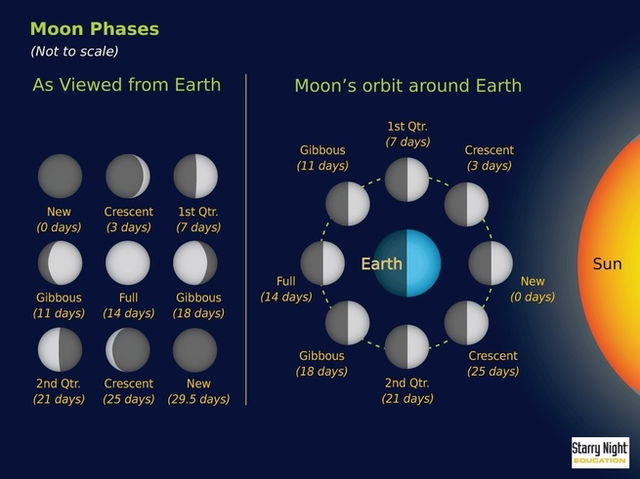
Primary Moon Phases
New Moon
This is the first phase of the Lunar Cycle.
A new moon happens when the Sun, Moon, and Earth are aligned, and so the moon is not visible from the Earth as it doesn't receive any sunlight.
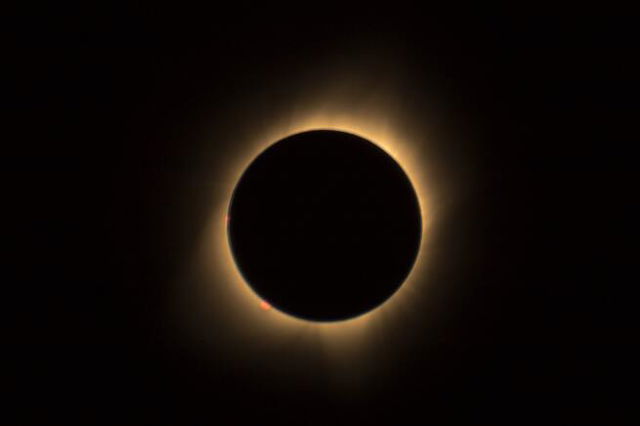
A New Moon rises and sets at the same time as the Sun.
Learn more about the New Moon.
First Quarter
When the moon is in this phase it has traveled through the first quarter of its orbit.
However, from our perspective on Earth, the moon is half-illuminated, which is why many times this phase is also referred to as a Half Moon.
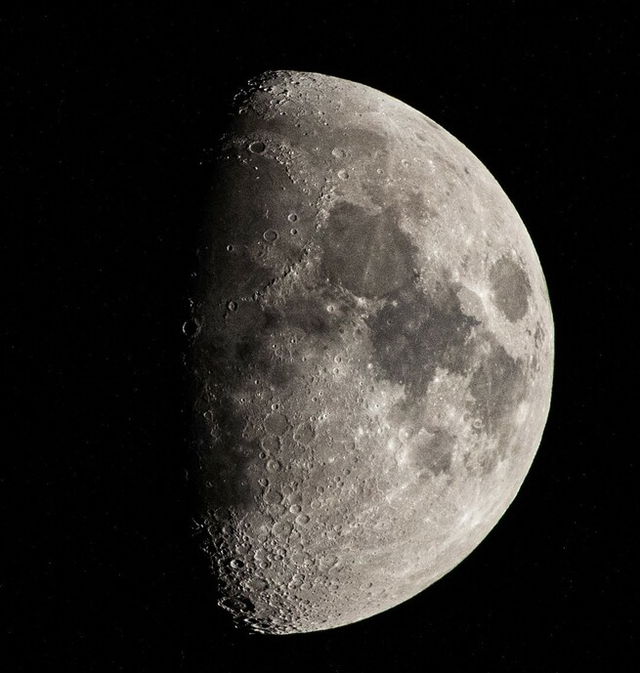
During this phase, the moon is perpendicular to the Earth and Sun, and it is 90 degrees east from the Sun.
In the Northern Hemisphere, it is the right side of the Moon that is illuminated during the First Quarter.
When the Moon is in its First Quarter it rises around noon and sets at midnight.
full moon
During this phase, the Sun and Moon are on opposite sides of the Earth, facing each other.
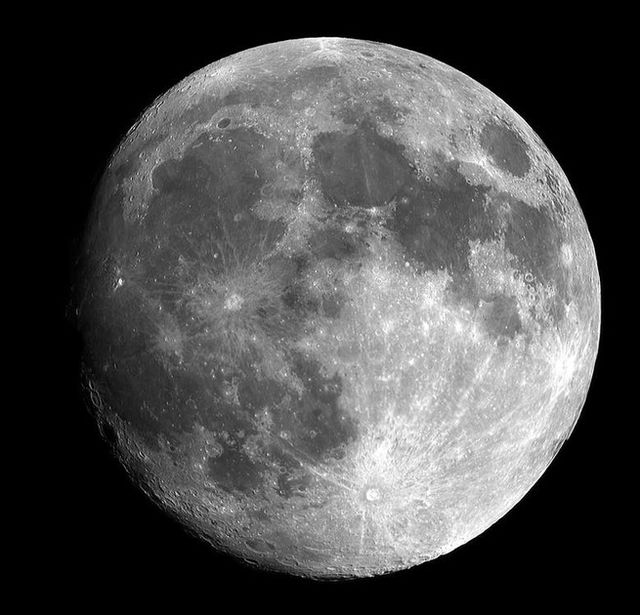
This means that from our point of view on Earth, the Moon is fully illuminated in the sky.
A Full Moon rises at sunset and sets around sunrise.
Last Quarter
This phase is similar to the First Quarter, although the Moon has made its way through three-quarters of its orbit, and it is 90 degrees west of the Sun.
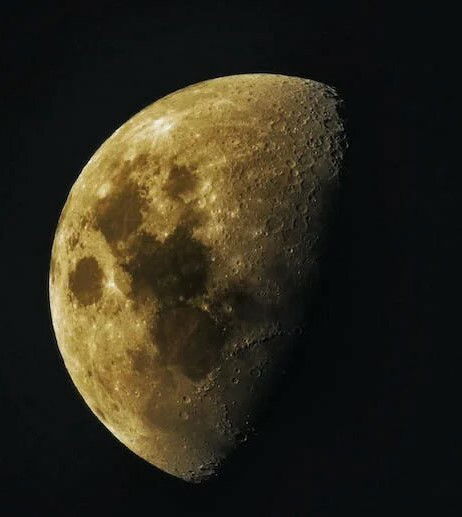
During the Last Quarter, the half of the moon that is illuminated, and visible from the Northern Hemisphere, is on the left side.
During the Last Quarter, the Moon rises at midnight and sets at noon.
Intermediate Moon Phases
When the moon is Waxing it means that it is getting more illuminated, and when it turns to Waning, the illumination is decreasing.
Waxing Crescent
This is the phase between the New Moon and the First Quarter, where a crescent shape is gradually more visible on the right side until half the moon is illuminated during the First Quarter.
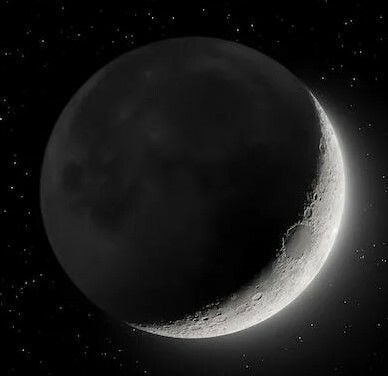
Waxing Gibbous
Between the First Quarter and the Full Moon, during this phase, the Moon is not yet fully lit, but the Moon gets progressively more illuminated as the days pass. This happens in the Northern Hemisphere from the right to the left.
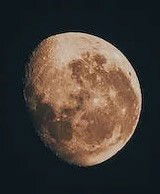
waning gibbous
This happens when the moon goes from Full to the Last Quarter. As the days in this phase go by, the Moon goes from nearly fully lit to less illuminated, shrinking from right to left.
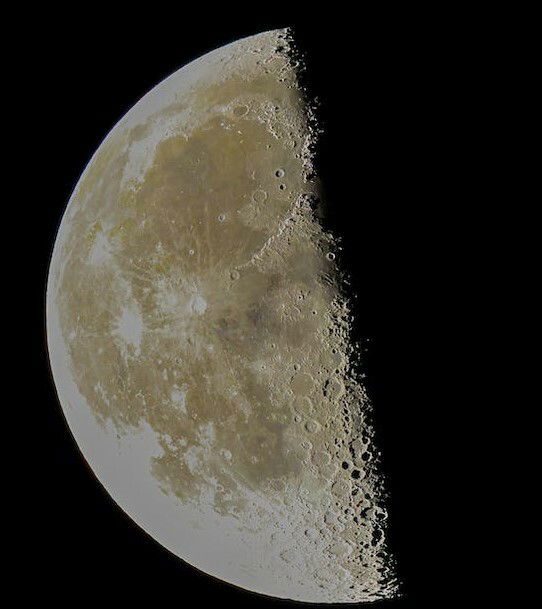
Waning Crescent
This is the last intermediate phase before a new cycle starts with the New Moon. The Waning Crescent phase starts with the left side of the moon being lit, but the light slowly shrinks until the whole moon is dark.
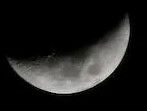
Find out what today's moon phase is.

